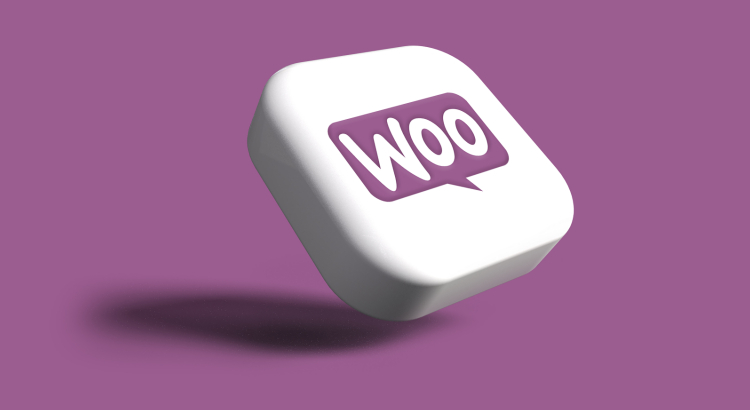Online store owners can understand how to scale eCommerce business with WooCommerce from this article. There is a misconception among people that WooCommerce cannot scale. However, WooCommerce’s versatility and unrivaled developer community make it an excellent choice for large stores.
Scaling is the ability to grow your online store while preserving its functionality and user-friendliness. And if you want to keep generating income, you shouldn’t neglect these two key areas.
Learn more about the advantages of WooCommerce for your growing store, as well as how to prepare for plenty of products, orders, and site traffic.
Is WooCommerce Scalable?
Absolutely! Both the scalability and performance of WooCommerce are always being improved by their developers. However, the same must be true for all elements of your store that are not powered by WooCommerce, such as:
1. Theme and Plugin Code
Everything you install has the potential to affect shop performance. Therefore, it’s crucial to pick trustworthy themes and plugins that won’t burden your online store excessively. You can hire an eCommerce development company in Kerala to pick the best theme and the right plugins for your online store.
2. Hosting Environment
How much traffic your store can manage is significantly influenced by your hosting environment. You have a serious issue before you even start if your server cannot support a developing website.
How to Scale WooCommerce Store
If your site is going from 100 page views per day to 10,000 there are things you should do to reduce difficulties.
1. Choose the Right Host
This was briefly mentioned above, but it’s essential for a popular, successful website. Ask your current hosting company if there are any traffic or resource restrictions.
Spend some time verifying that your server and database are up to date. The most recent versions of PHP and MySQL should be used. Contact the customer service department of your hosting company if you’re unsure how to check.
2. Clean Up Your Site Code
Prioritizing website requirements is just as crucial as ensuring functionality. Even high-quality plugins in excess can cause a slowdown.
A request is sent from the visitor’s browser to your server and back when they access your website. Browsers must work even harder to load your store as additional plugins generate more requests that are sent back and forth.
Database queries are another method used by plugins to retrieve and save data. When you have more plugins installed, your server will be under more strain and your website will load more slowly, especially if your web host has resource usage restrictions.
Try to use only the plugins necessary for your store to operate effectively and deactivate any others.
3. Update Everything
The WordPress core, themes, and plugins should all be updated regularly to keep your website operating quickly and securely. Using the free Jetpack plugin, you may activate auto-upgrades if you don’t want to bother about manually installing updates whenever a new one is available.
Prior to implementing significant upgrades, we do suggest testing in a staging environment. This might help a running store avoid any potential problems.
4. Utilize Caching Strategically
In order to serve your site visitors more quickly, caching temporarily stores a copy of your website. It will load properly when a person first accesses your home page. Instead of making visitors’ browsers work harder, a pre-loaded, saved version of the page will be there when they return. Caching must be configured properly or you risk doing more harm than good.
You can safely cache:
- Static, content-heavy pages like your About, FAQ, and Contact pages on your WooCommerce website.
- Products and category pages.
The Cart, My Account, and Checkout pages, on the other hand, must not be cached because they display user-specific information.
5. Set Up a Content Delivery Network
A network of servers spread out globally makes up a Content Delivery Network (CDN). It downloads resources from your website, including photos, videos, and CSS, and then serves them over a different network. The result is a lighter burden on your server and faster page load times.
Additionally, CDNs deliver your website to users from the place that is most convenient for them. A CDN, for instance, would deliver your website from the closest server, which might be in Hong Kong, rather than one on the other side of the planet, if a visitor came from Tokyo.
How to Scale eCommerce Business with WooCommerce – Conclusion
This article aims to educate you on how to eCommerce business using WooCommerce. The scalability and performance of WooCommerce are making it a great option for creating and expanding your eCommerce website.


